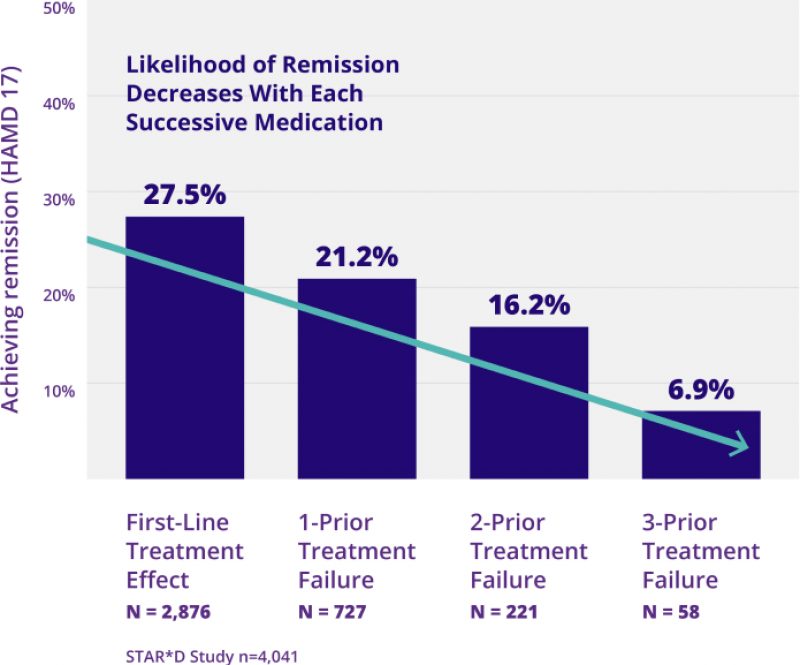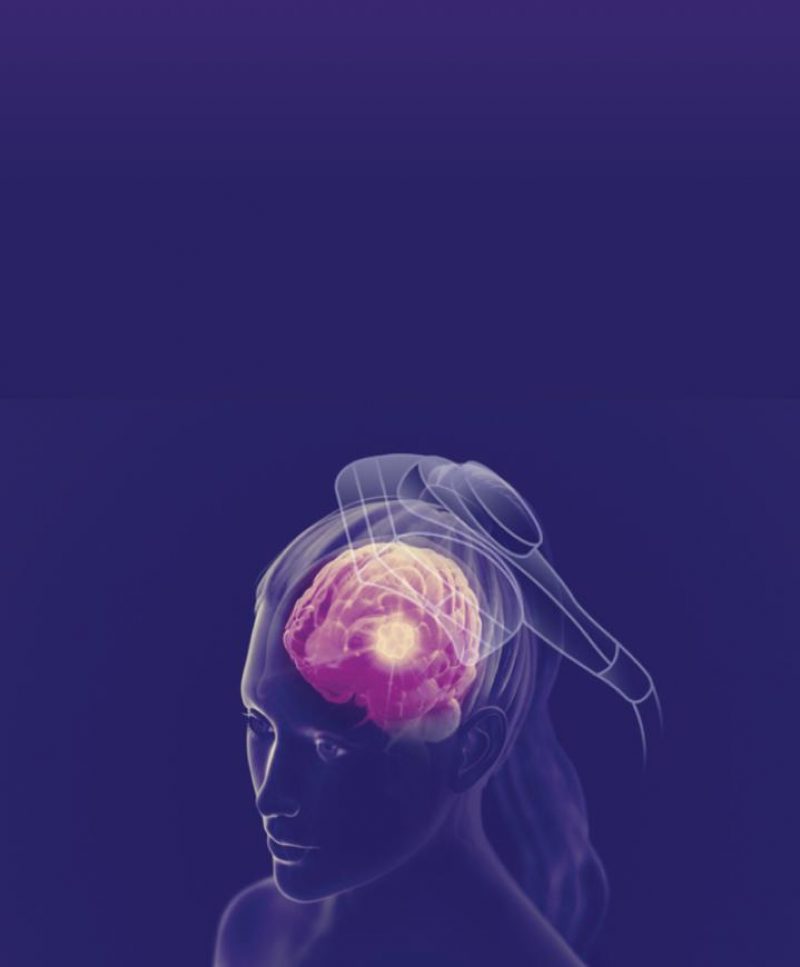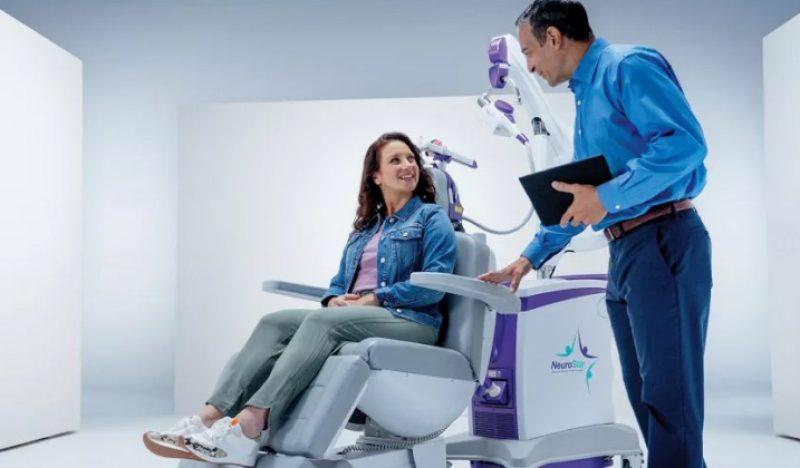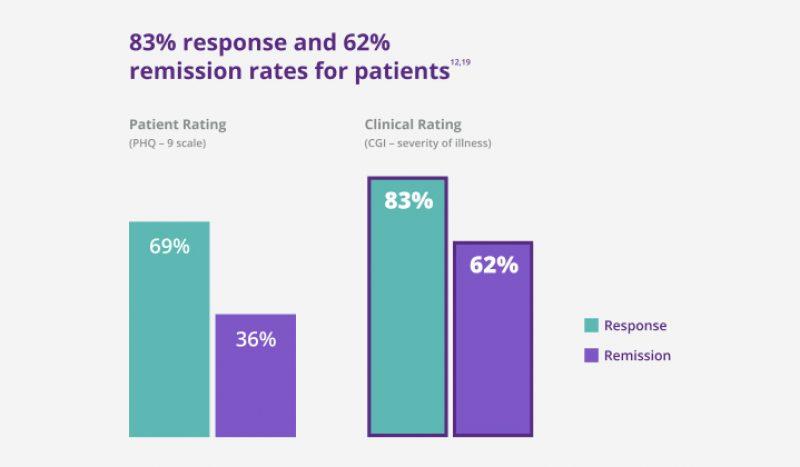Find out how TMS therapy is different from medication and why you might consider TMS for yourself.
Antidepressants don't work for everyone
Some people struggle with the side effects of antidepressants. Some have trouble finding the right antidepressant for their major depression. Others have tried several already without luck and are left wondering, “do antidepressants work for me?” If you’ve had any of these thoughts, you are not alone.
The largest prospective clinical trial of major depressive disorder ever conducted–the STAR*D study–found that for patients who have not found relief from 3 or more antidepressants, the chance of remission from subsequent medications is less than 7%. And with every subsequent medication, patients are more likely to discontinue treatment due to side effects.**6,7,17,18

Consider TMS Treatment
If antidepressants haven’t been the answer you need, consider TMS treatment. TMS therapy is a safe, FDA-cleared, non-drug treatment for major depressive disorder (MDD), that’s been performed over 4.3 million times to date.


TAP INTO A NEW POSSIBILITY
for depression
What is TMS?
TMS is transcranial magnetic stimulation therapy (TMS), a non-drug treatment for major depression. TMS uses focused magnetic pulses, similar in strength to an MRI, to reignite dormant synapses in the brain and help your brain function the way it was meant to.

NeuroStar for TMS Therapy
NeuroStar® is the #1 TMS treatment recommended by physicians. It is covered by most insurance plans, usually after medication options have proven ineffective in your major depression treatment. Over 120,000 patients have been treated with NeuroStar.
In a recent publication of real world data, 83% of patients who completed the entire cycle of NeuroStar TMS treatments experienced relief, or a marked improvement in the severity of their depression, and 62% of patients experienced remission, meaning if they were first being evaluated by their doctor, they likely wouldn’t even be diagnosed with MDD. **12

Take the Next Step Toward Depression Relief
Discuss NeuroStar with your doctor today. Download our patient brochure to help you learn more.
“When I was depressed, I felt hopeless, and it was impossible for me to connect with other people. Thanks to NeuroStar, those years are behind me.”


